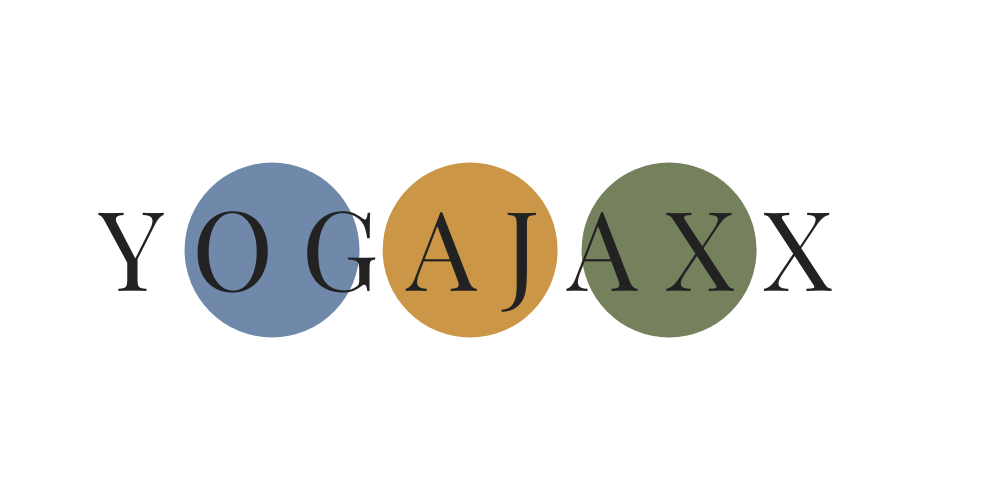4 magical mudrās for deeper meditation
Mudrās are hand positions used to deepen your meditation. Do you use them? If so, do you know what they mean? Once you do, and you use them with intention and humility, they become more effective.
Here are four of the most popular, often used in yoga and meditation classes: Añjali Mudrā, Chin Mudrā, Jñāna Mudrā and Padma Mudrā.
All mudrās must be used as gestures of humility, not as an expression of ego. Don’t do them on automatic pilot: do it with meaning, or if you don’t know the meaning, sit with it until you notice its effects. Don’t do them because you think it makes you look like a more spiritual person. They're subtle, so do them with curiosity, an open mind and patience.
Test out which ones work for you by sitting and breathing quietly for several minutes, with your hands resting on your knees or thighs, until your mind, energy and nervous system settle, and your attention becomes more refined and internal. Then put your hands into one of these mudrās and see if you feel its effect (described below).
Añjali Mudrā – Gesture of Devotion (Prayer Gesture)
Joining the palms in the centre of the chest brings our awareness to our heart, to help us look within to our inner, spiritual self. it’s used in prayer, to honour a deity or God or the Supreme Consciousness and ask for their grace and blessings. Done with intention, it can ground us, centre us, and help us to cultivate an inner attitude of peace in those moments when we join the hands. We can use it to honour a person or teacher.
Añjali mudrā is so common in yoga that it can be easy to do it on autopilot. If that’s you, I hope that now having this understanding can help you bring a heartfelt devotional quality and meaning to it.
Chin Mudrā – Gesture of Consciousness
This is the most common hand gesture in meditation. It helps us cultivate awareness of our deepest Self during meditation, beyond our energetic, emotional, intellectual and egoic self. The index finger represents the individual soul or consciousness and the thumb represents Supreme Consciousness. Joining them together symbolises their oneness, and reminds us of it on a subtle, non-thought level. Chin is from chit, meaning Consciousness; mudrā means a hand gesture or seal. It can be used in seated meditation or prānāyāma.
An interpretation you’ll often hear or read is that this represents the joining of the individual Consciousness (ātman) with the higher Consciousness or eternal ultimate reality (Brahman). That’s a dualistic view, e.g. classical yoga. If you have a non-dualistic view of reality, these don’t need to be joined as we are all manifestations of and part of one Consciousness. We're not separate. We forget, though, and the mudra can help us focus our awareness on the remembrance and realisation of this.
Padma Mudrā – Lotus Flower Gesture
Use Lotus Mudrā to open your heart and let light in. It symbolises light and beauty emerging from darkness, the way the lotus flower grows out of the mud at the bottom of the lake and emerges beautifully into the sun. This gesture opens us up to growth, loving kindness, perseverance and purity. It symbolises floating above the muddy waters of desire, attachment and fear. It reminds us that beauty often emerges from the darkest places.
Jñāna Mudrā – Gesture of Wisdom
Jñāna mudrā (the gesture of wisdom, or knowledge), is like Chin Mudrā, with the same meaning, but with the palms turned down on the knees to bring a grounded feeling to your meditation or prānāyāma. It may help you to concentrate better, and calm and stabilise your mind. You may feel it creates an energy circuit in the body, as energy passes through your palms back into the body, and this can give you the grounded feeling.




